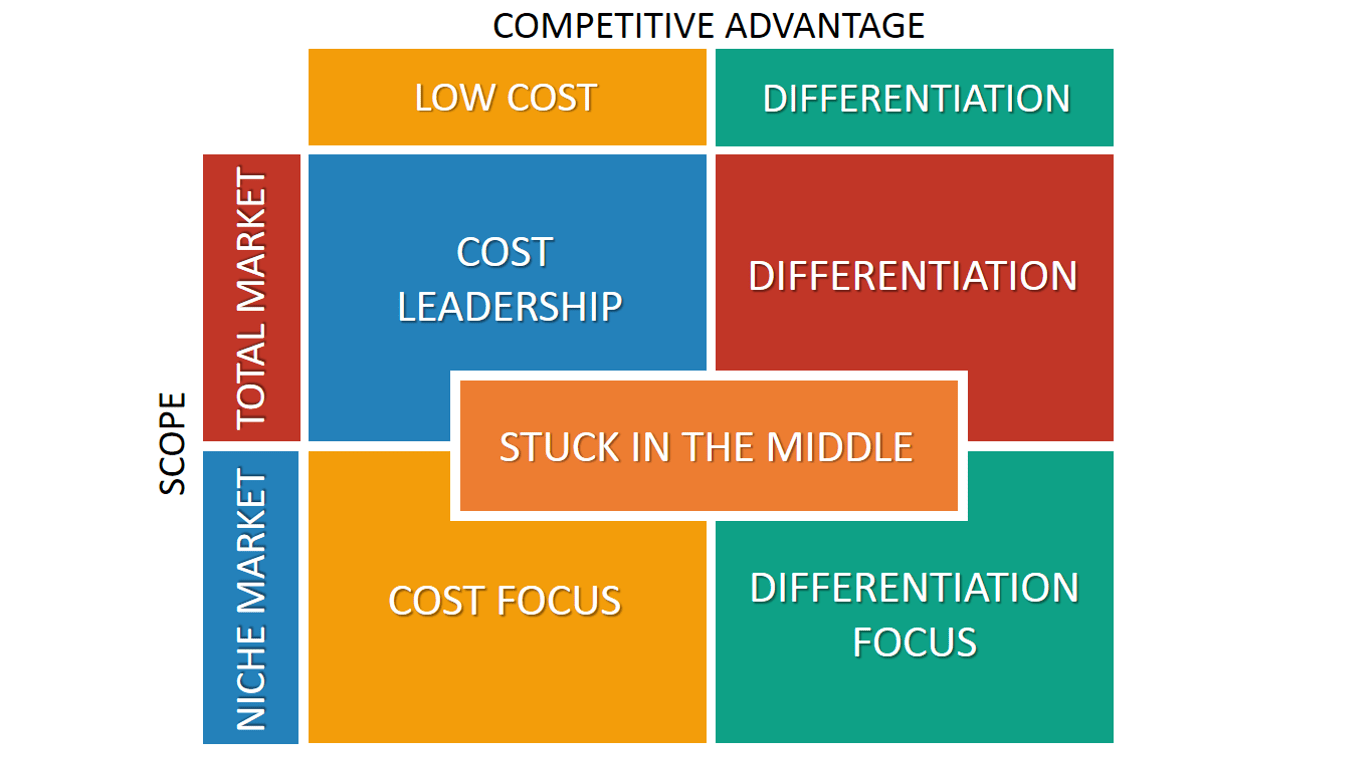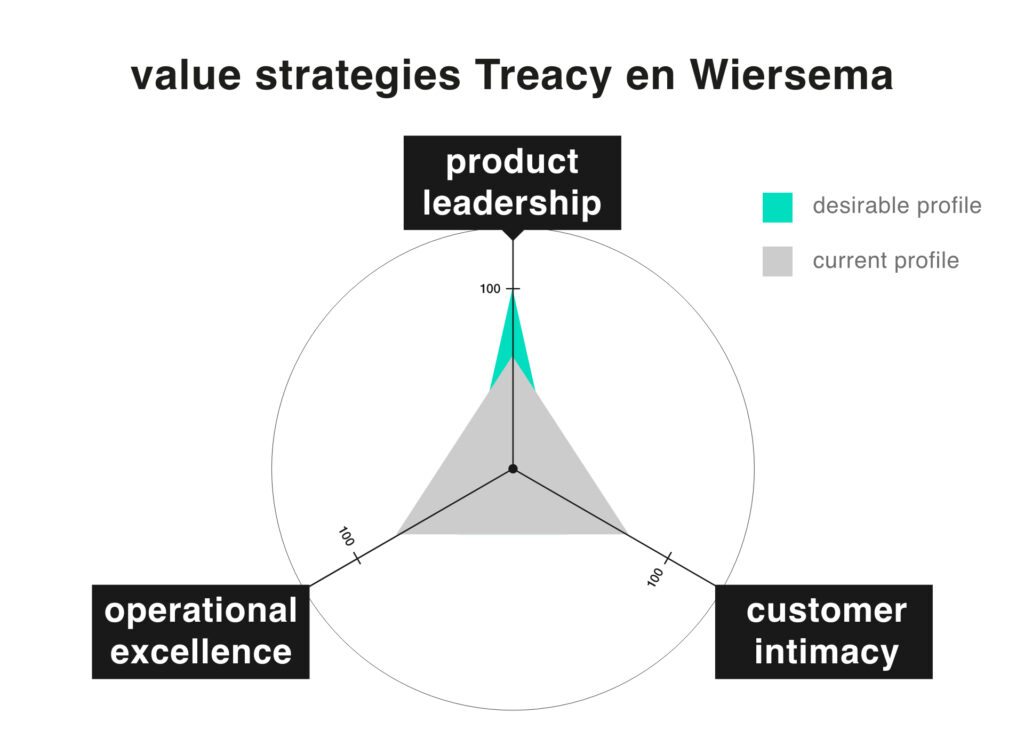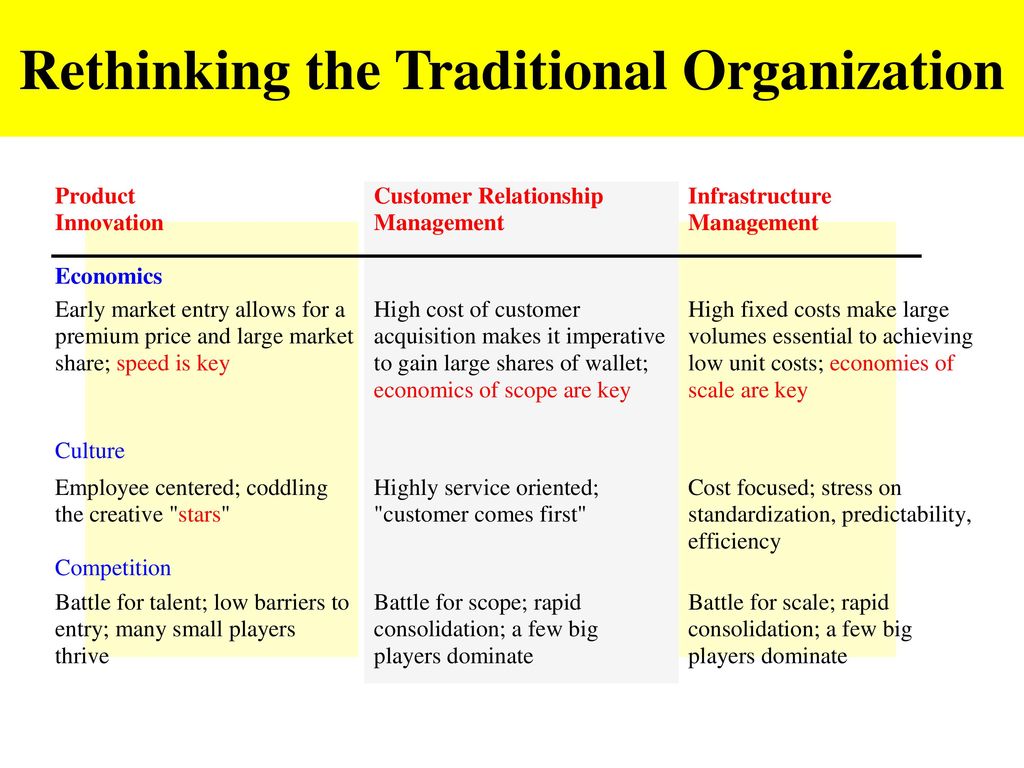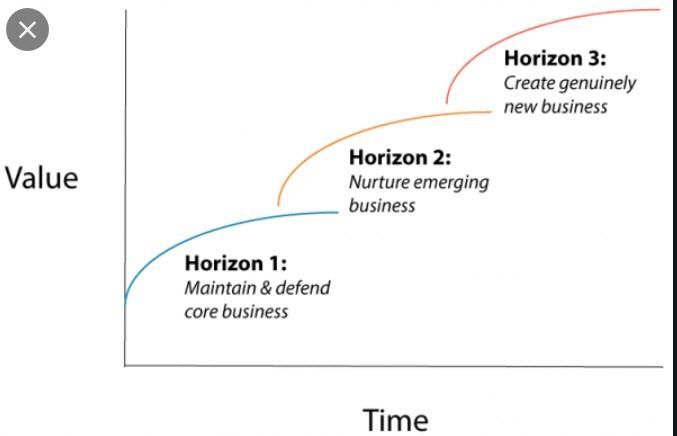Introduction
The given paper will primarily focus on the company called BrewDog by using it as an example to demonstrate the evolution of the competitive positioning view. Competitive advantage is of key interest to companies and firms, and many schools of thought were developed to identify the best strategies to obtain it. The presentation will apply major milestones in the competitive positioning view development to BrewDog to determine the most plausible positioning for its future growth. The core frameworks include Porter’s Generic Competitive Strategies, Michael Treacy and Fred Wiersema’s concept, John Hagel and Marc Singer’s model, and McKinsey’s three horizons.
Company Overview
BrewDog is an international company that sells brewery products and has a chain of pubs across several nations. In other words, the company produces its own brewery drinks, such as lagers and ales. BrewDog is based in Ellon, Scotland, and it was founded in 2007 by Martin Dickie and James Watt (BrewDog, 2021). It is a public limited company, which means that its shares are publicly traded. The company’s mission is “to make other people as passionate about great beer as we are” (BrewDog, 2021, p. 10). It has a different slogan as well, which states: “For better beer, for a better planet powered by people for us all” (BrewDog, 2021, p. 10).
Competitive Positioning
Competitive positioning refers to “a strategy that encompasses the marketing team’s efforts to differentiate a brand from its rivals. It helps improve the product’s value, customer retention and boost sales” (Send Pulse, 2022, para. 1). It is important because a correct and effective competitive positioning boosts and enhances a company’s competitive advantage since it focuses its efforts in its key strengths making it unique in the market. BrewDog’s competitive positioning is rooted in its craft beer, which is a high-quality beer made from superior ingredients and more focused brewing processes. These types of drinks offer more health benefits, better taste, and have distinct flavors uncopiable by commercially mass-produced beers (1000 Hills, 2022).
Porter’s Generic Competitive Strategies
Porter’s generic competitive strategies essentially jumpstarted the competitive positioning view by outlining key approaches for competitiveness, and these include cost leadership and differentiation (University of Cambridge, 2017). In the case of the former, “a firm sets out to become the low-cost producer in its industry,” which can be achieved through economies of scale, more efficient technology, and unique access to raw materials (University of Cambridge, 2017, para. 2). When it comes to differentiation, “a firm seeks to be unique in its industry along some dimensions that are widely valued by buyers” (University of Cambridge, 2017, para. 3). In other words, a company pursues uniqueness by offering products or services valued by consumers.

Under the framework of Porter’s generic competitive strategies, BrewDog’s competitive positioning is a clear differentiation. It sells craft beers, which are more expensive than mass-produced commercial beers. Therefore, there is no possibility of cost leadership for BrewDog, but the unique taste, flavor, and quality of craft beer sold by the company are valued by certain beer consumers. Generic beers cannot replicate these product attributes due to the inherent nature of the craft beer brewing process, making BrewDog a clear differentiator. In consumers’ minds, craft beers are healthier, more beneficial, tastier, and overall better than commercial beers, which is why they think that BrewDog is a high-quality beer producer and seller.
Michael Treacy and Fred Wiersema’s Business Strategy Model
Michael Treacy and Fred Wiersema’s business strategy model is the next step in the evolution of the competitive positioning view. It was developed in 1995, and it provides three value strategies, which include product leadership, operational excellence, and customer intimacy (Comma, 2021). The former “puts the product at the center. Here, it is most important that your company delivers excellent products or services to the consumer,” and the best example is Apple (Comma, 2021, para. 4). Operational excellence is about unique customer processes or manufacturing efficiencies, such as the case with Amazon (Comma, 2021). Customer intimacy refers to a “focus on consumer service, consumer (experience), and a long-term relationship with your customer” (Comma, 2021, para. 6).

Under Michael Treacy and Fred Wiersema’s business strategy model, BrewDog is pursuing two dimensions at once, which are customer intimacy and product leadership. It is not recommended to prioritize more than one of the three strategies since it makes a company uncompetitive (Comma, 2021). For example, BrewDog was involved in many controversies by being a hypocritical advocate through extreme virtue signaling methods, such as using curse words in campaigns and misinforming customers about the health benefits of its beers (Purves, 2021). It essentially tries to appeal to its customers, indicating customer intimacy focus, but its business model is about high-quality beer constituting product leadership. Thus, BrewDog should refocus its marketing efforts on creating and selling superior products rather than engaging in activities related to customer intimacy.
John Hagel and Marc Singer’s Model
John Hagel and Marc Singer’s model is the third major step in the evolution of the competitive positioning view. It has nine key dimensions since it incorporates economics and cultures alongside the competition (Hagel & Singer, 2000). When it comes to the latter, it identifies three strategies as well, such as customer relationship, product innovation, and infrastructure (Hagel & Singer, 2000). The customer relationship is about a “battle for scope; rapid consolidation; a few big players dominate” (Hagel and Singer, 2000, para. 8). The product innovation includes a “battle for talent; low barriers to entry; many small players thrive” (Hagel and Singer, 2000, para. 8). The infrastructure mainly focuses on “battle for scale; rapid consolidation; a few big players dominate” (Hagel and Singer, 2000, para. 8).

Under John Hagel and Marc Singer’s model, BrewDog’s competitive positioning can be found in the product innovation dimension of competition. Craft-beers are craft products, which means they need expert craft brewers for the product. Thus, there is a need for unique and experienced talent, such as people who know how to brew outstanding beer products. In addition, BrewDog is not as large of a company as commercial beer producers, which prioritize cost leadership through efficient manufacturing, economies of scale, and technology. BrewDog is the biggest in the small player group, which is why it needs to pursue talent and product superiority rather than the scale of production.
McKinsey’s Three Horizons Model
McKinsey’s three horizons model is the latest iteration of the competitive positioning view. Its three major constituents include Horizon 1, Horizon 2, and Horizon 3 (Blank, 2019). It is stated that “Horizon 1 ideas provide continuous innovation to a company’s existing business model and core capabilities in the short-term” (Blank, 2019, para. 7). For Horizon 2, it is about extending “a company’s existing business model and core capabilities to new customers, markets, or targets” (Blank, 2019, para. 7). In the case of Horizon 3, the key part is “is the creation of new capabilities and new business to take advantage of or respond to disruptive opportunities or to counter disruption” (Blank, 2019, para. 7).

Under the framework of McKinsey’s three horizons model, BrewDog is pursuing Horizon 1. The company is positioning itself appropriately, and the main reason is that it remains organizationally agile as well as environmentally and socially sustainable (BrewDog, 2022). For example, one could say that there is a ceiling for improvement when it comes to craft beers, but the company was able to minimize its environmental impact without compromising its quality (BrewDog, 2022). It understands that its consumer base is rather small since only a small portion of the market values craft beer and is willing to spend more to obtain it, indicating a somewhat niche industry (Billson, 2020). Horizon 2 is impractical since there are no new customers to target, whereas Horizon 3 is irrelevant because there is no disruptive element in the craft beer industry.
Conclusion
In conclusion, BrewDog is succeeding under Porter’s Generic Competitive Strategies and McKinsey’s three horizons but failing within the frameworks of Michael Treacy and Fred Wiersema’s concept as well as John Hagel and Marc Singer’s model. In the modern era of organizational agility and environmental and social sustainability, BrewDog is showing a high level of competitive positioning, but some improvements can be made. It should refocus its marketing efforts on creating and selling superior products rather than engaging in activities related to customer intimacy. In addition, BrewDog is the biggest in the small player group, which is why it needs to pursue talent and product superiority rather than the scale of production.
Reference List
1000 Hills. (2022) Craft beer vs commercial beer: what’s the difference?. Web.
Billson, L. (2020) Niche marketing: a practical guide to finding a profitable niche market in business and making good money from. Seattle: Kindle Direct Publishing.
Blank, S. (2019) McKinsey’s three horizons model defined innovation for years. Here’s why it no longer applies. Web.
BrewDog. (2021) Annual report and accounts. Web.
BrewDog. (2022) Our responsibilities. Web.
Comma. (2021) Three paths to market leadership – the business strategy of Wiersema and Treacy – part 1. Web.
Hagel, J., and Singer, M. (2000) Unbundling the corporation. Web.
Purves, R. (2021) BrewDog: history of controversial Scottish beer firm as boss hands staff £120,000 in shares. Web.
Send Pulse. (2022) What is competitive positioning: guide. Web.
University of Cambridge. (2017) Porter’s generic competitive strategies (ways of competing). Web.